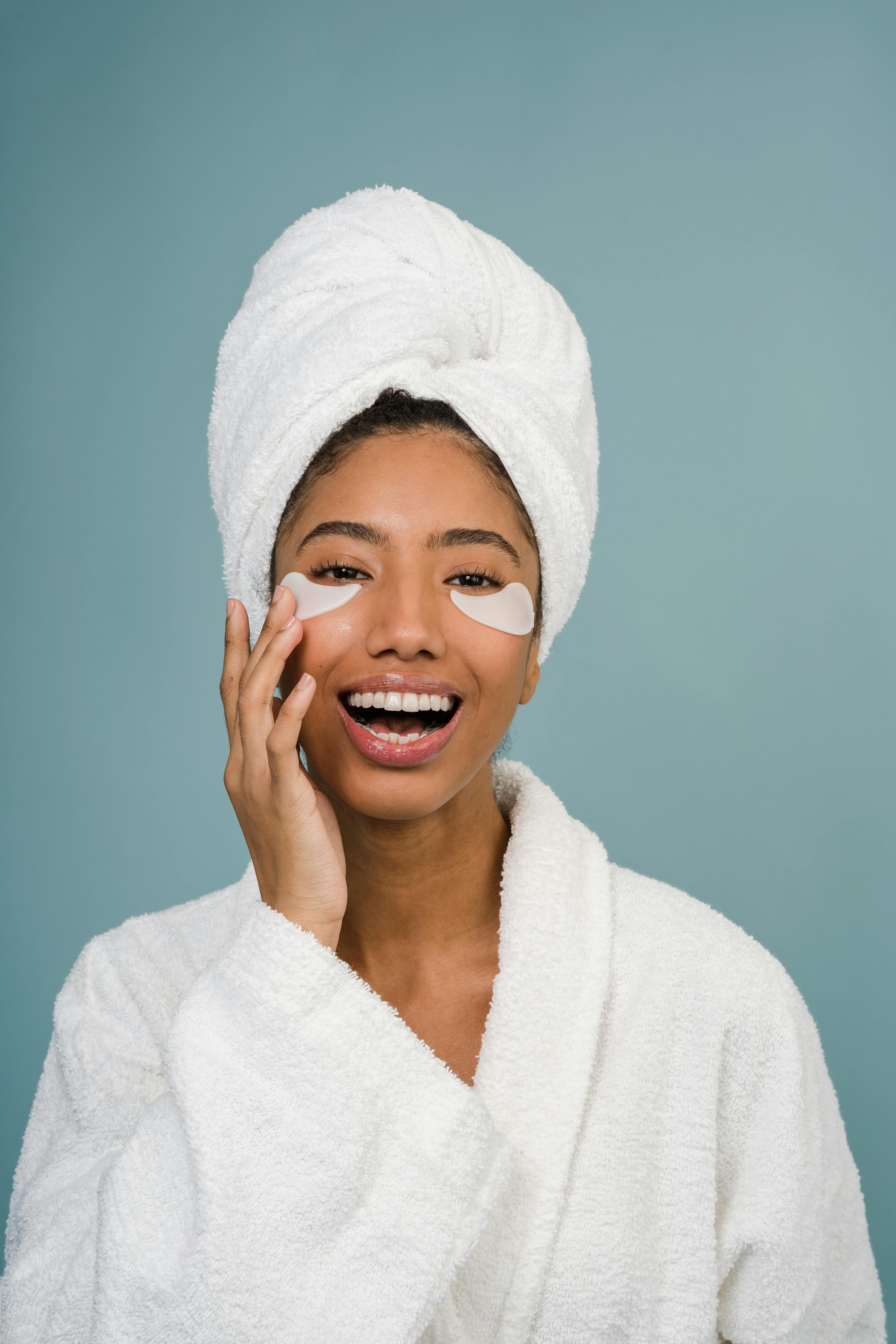Unmasking the Reality of Eye Bags: Causes, Prevention, and Treatment
Eye bags, those puffy, darkened patches beneath our eyes, are an all-too-familiar foe for many of us. They can make us look tired, older, and stressed, undermining our confidence and affecting our social interactions. The onset of eye bags is often associated with aging, but it can also be triggered by various factors such as genetics, lifestyle, and environmental elements. The phenomenon is not merely a cosmetic concern—it is also a mirror reflecting our overall health and lifestyle.

Tracing the Origins: Understanding the Cause of Eye Bags
Eye bags are a common symptom of aging. As we age, the tissues and muscles supporting our eyelids weaken, causing the fat that’s normally confined to the area around the eye to move into the lower eyelids, resulting in a puffy appearance. However, aging is not the only culprit. Genetics can predispose some people to develop eye bags at a younger age.
Lifestyle factors also play a significant role. Lack of sleep, excessive alcohol consumption, smoking, and a diet high in salt can contribute to fluid retention, leading to swelling around the eyes. Allergies, eczema, and chronic sinusitis can cause inflammation and puffiness as well. Even the way we sleep—specifically, sleeping on our stomachs or sides—can exacerbate the problem by allowing gravity to encourage fluid accumulation around the eyes.
The Modern-Day Struggle: Eye Bags in the Age of Screen Time
In today’s digital age, our eyes are working harder than ever before. The increased use of screens in our professional and personal lives has led to a rise in digital eye strain, a condition that can exacerbate eye bags. When we spend long hours staring at screens, we blink less, which can lead to dryness and inflammation. Furthermore, the blue light emitted by screens can disrupt our sleep patterns, leading to insufficient rest and making us more prone to developing eye bags.
Debunking Myths: The Truth About Eye Bags
There are numerous myths about eye bags that can stifle our understanding and treatment of the condition. One recurring claim is that eye bags are solely the result of sleep deprivation. While lack of sleep can indeed exacerbate the problem, it is not the sole cause. Similarly, the belief that applying hemorrhoid cream can reduce eye bags is not entirely accurate. While it may temporarily reduce swelling due to its vasoconstrictive properties, it can also lead to dryness and irritation, potentially worsening the problem in the long run.
Navigating Solutions: Prevention and Treatment of Eye Bags
Prevention is always better than cure. Maintaining a healthy lifestyle—getting enough sleep, eating a balanced diet low in salt, avoiding excessive alcohol and smoking, and managing allergies—can go a long way in preventing eye bags. Regular exercise promotes better blood circulation, helping to reduce swelling.
When it comes to treatment, there are various options depending on the severity and underlying cause of the eye bags. Over-the-counter creams and gels containing ingredients like retinol and hyaluronic acid can help to tighten the skin and reduce puffiness. For more severe cases, cosmetic procedures such as filler injections, laser resurfacing, or even surgical interventions like blepharoplasty may be considered.
The Future of Eye Bag Treatment: A Look Ahead
The field of dermatology is continually evolving, with research and advancements offering new hope for those battling eye bags. One promising development is the use of fat-dissolving injections, a non-surgical treatment that dissolves the fat pad causing the puffiness. Another is the advent of radiofrequency treatments, which use energy to heat the skin and stimulate collagen production, thereby tightening the skin and reducing the appearance of eye bags.
In conclusion, eye bags are more than just a cosmetic concern—they are a window into our overall health and lifestyle. Understanding their causes and debunking the myths surrounding them is the first step towards effective prevention and treatment. Here’s to clearer, brighter eyes and healthier lives.





